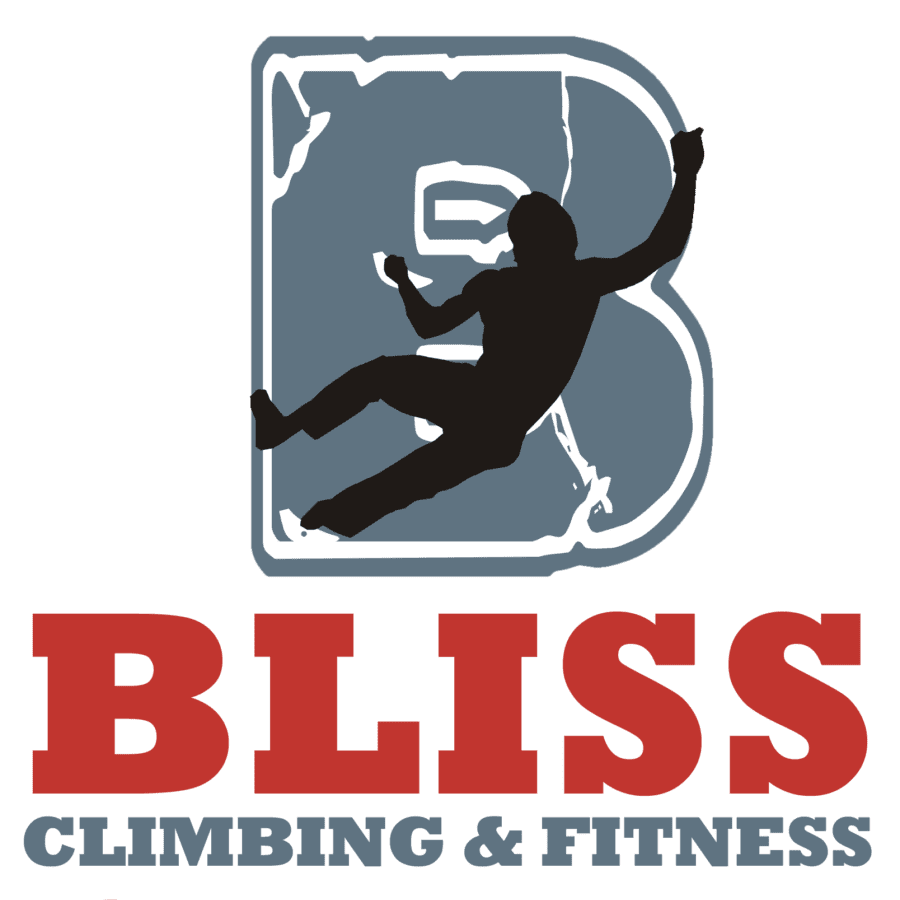So you’re finally ready for that redpoint attempt, the one you’ve been working up to for the last month. You’ve worked all of the moves, improved your conditioning, rehearsed the route a thousand times (usually while lying in bed trying to fall asleep), and even ate Wheaties for breakfast. There’s this cool breeze in the air. Just enough nip to keep you from sweating but not so chilly that you’re wishing you had stayed in the tent. A Bald Eagle is soaring overhead, inviting you to explore the freedom of the forbidden cliffs. This is YOUR moment in time. Now at the crux, one last shout to your belayer, “Goin’ for it Tom! Tom! Tom?! Common man! I’m up HERE!”

“Oh, sorry dude! I was watchin’ the eagle, man. Have you ever noticed how they just seem to float . . .”
“FORGET IT! Just lower me.”
If the defense is the unsung hero of the football world, the belayer is the unsung hero of the climbing world. Standing safely on the ground, never breaking a sweat, and out of view of the cameras, it’s no wonder our belayer is daydreaming.
And yet as we all know, he or she has the most important job at the crag: keeping our butts alive! And even more so, if they are really good at their craft, helping us finally break into that next grade.
So what are the makings of a great belayer?

Obviously, skill is number one. You have got to know what you are doing. I recently spoke to someone who told me that they were at a crag, had never belayed anyone on lead before, but at the coaxing of a friend, ‘went ahead and did it anyway’, literally asking questions as the person was climbing! 😱 Luckily everything worked out; but really, why risk it? In fact, I can say from doing multiple belay check tests on customers, that there are a number of people who have ‘learned’ to belay from a friend who have some pretty scary techniques out there. So take a class from a certified instructor (we have many at Bliss) and then practice to improve your skill.
The next most important factor in great belaying is great communication. Before the climb even begins, make sure you both (climber and belay) are on the same page as to what is going to happen on the climb. Is this an easy top rope warm-up? Is the climber projecting and planning on extensive hang-dogging time? If out doors, will she be cleaning the anchors and repelling down at the end? And then, during the climb, keep communicating. If your climber wants beta, offer it. If they are in a precarious position, warn them. On lead, watch how they clip and advise of back clips and z-clips.

Which brings me to my third point: PAY ATTENTION! God it drives me nuts when I see someone belaying one person while they are clearly watching or conversing with someone else. YOUR ONLY JOB AS A BELAYER IS TO TAKE CARE OF YOUR CLIMBER! (Yes, I’m shouting. Can you hear me now?) They are putting their lives in you hands. But even beyond that, again a good belayer will also warn of errors, as well as offer needed encouragement and advise (although, always make sure your climber wants you sharing beta before you start spraying it around like a fire hose).
Finally, a great belayer knows his climber and what she prefers. Does she like a bit more slack? Can he anticipate her next clip and avoid short roping her? Do they prefer the express speed lower or a more controlled descent? What can you do as their belayer to help remove as many obstacles to their send as possible?
I have had some great belayers in my life and some not-so-great. The whole climbing process is just so much more enjoyable with the former. And once we are both back on old terra firma, then we can sit back and watch the birdies fly.
Climb hard and Follow Your Bliss,
David

